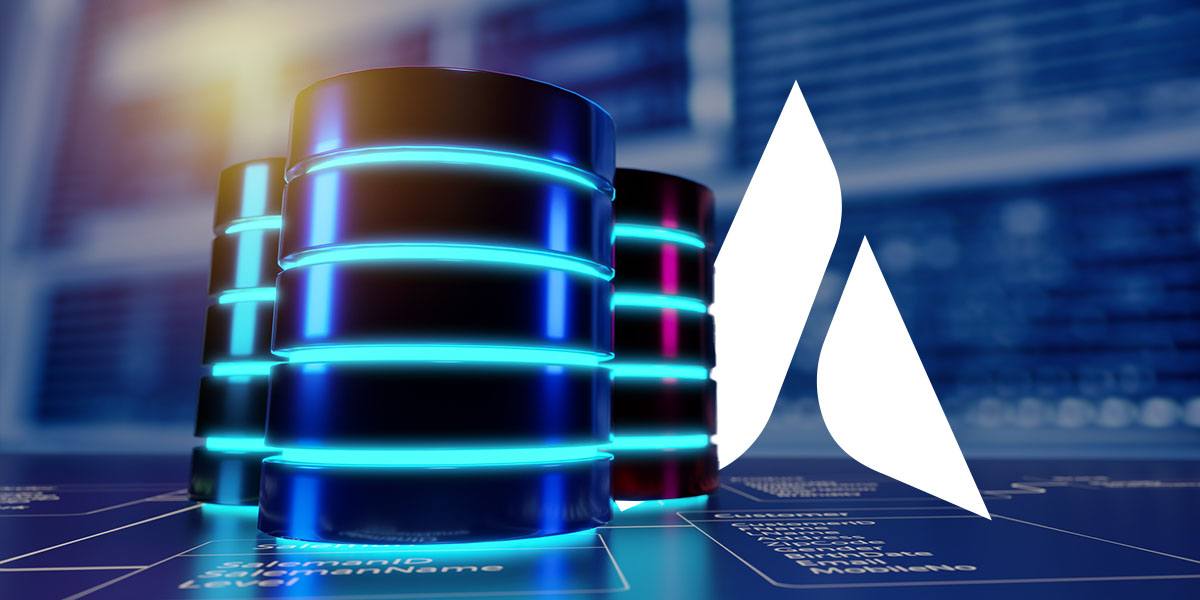Why Every Financial Firm Needs a Risk Register
More and more every day, financial firms are faced with a constant barrage of threats that can impact operations, compromise client data, and damage reputations. One powerful tool that’s often underutilized is the risk register—a comprehensive framework that helps firms identify, assess, and manage cybersecurity risks effectively.
What Is a Risk Register?
A risk register is a catalog of identified risks, their severity, and the actions needed to mitigate them. It serves as the central repository for all risk-related information, providing visibility and accountability across your organization.
The risk register approach is versatile—cybersecurity and project management teams can collaborate seamlessly, ensuring timely risk mitigation. Its flexibility enables adaptation across departments and use cases while maintaining a consistent risk management approach.
Following assessments such as penetration tests or security risk assessments (SRAs), the risk register compiles all identified vulnerabilities in one place. Instead of having scattered findings across multiple reports, everything is centralized, prioritized, and actionable.
Why Financial Firms Need a Risk Register
For financial firms, implementing a robust risk register isn’t just good practice—it’s essential for several reasons:
1) Regulatory Compliance
Many financial firms operate under intense regulatory scrutiny from SEC, FINRA, and other regulatory bodies. With a risk register, you get:
- Comprehensive compliance reporting
- Regulatory requirement alignment
- Automated evidence collection
- Streamlined audit preparation
2) Cybersecurity Threat Management
Financial institutions are also prime targets for cybercriminals. A risk register enables:
- Proactive threat monitoring
- Enhanced detection of pattern deviations
- Security program transparency
- Prioritization of the most critical vulnerabilities
3) Financial Protection
Your goal is to generate revenue, not lose it, and the financial implications of cybersecurity incidents can be devastating. A risk register combats this and gives you:
- Financial protection from breaches
- Regulatory fine avoidance
- Breach cost avoidance
- Resource utilization insights
4) Business Continuity
And finally, maintaining operations during and after security incidents is crucial. Risk registers support:
- Business continuity assurance
- Resilient infrastructure design
- Incident response optimization
- Rapid adaptation to market changes
Risk Management Doesn’t Have to be so Complicated
Managing a risk register traditionally requires significant expertise and time. At Agio, we transform this process through the AgioNow platform. AgioNow provides transparency and control by consolidating all risk information in one user-friendly interface. Instead of juggling multiple spreadsheets or reports, all your risk data is accessible through a single portal. Through the portal, you get daily reports on everything that matters, track compliance status in real time, visualize risk mitigation efforts, and receive strategic recommendations for continuous improvement.
Getting Started with AgioNow’s Risk Register
The process starts with understanding your current risk landscape through assessments like penetration tests or SRAs. From there, the AgioNow platform helps you:
- Catalog all identified risks
- Assign risk ratings based on potential impact
- Develop mitigation strategies
- Track implementation progress
- Report on risk status to stakeholders
Take a peek:
Don’t Go IT Alone
Financial firms can no longer afford to take a reactive approach to cybersecurity. A risk register, like AgioNow’s, provides the structure, visibility, and accountability needed to stay ahead of threats.
With AgioNow, financial firms can truly achieve what the platform promises: Empowering you with speed, transparency, and control. Contact us.
Share post
Featured Posts
Connect with us.
Need a solution? Want to partner with us? Please complete the fields below to connect with a member of our team.




